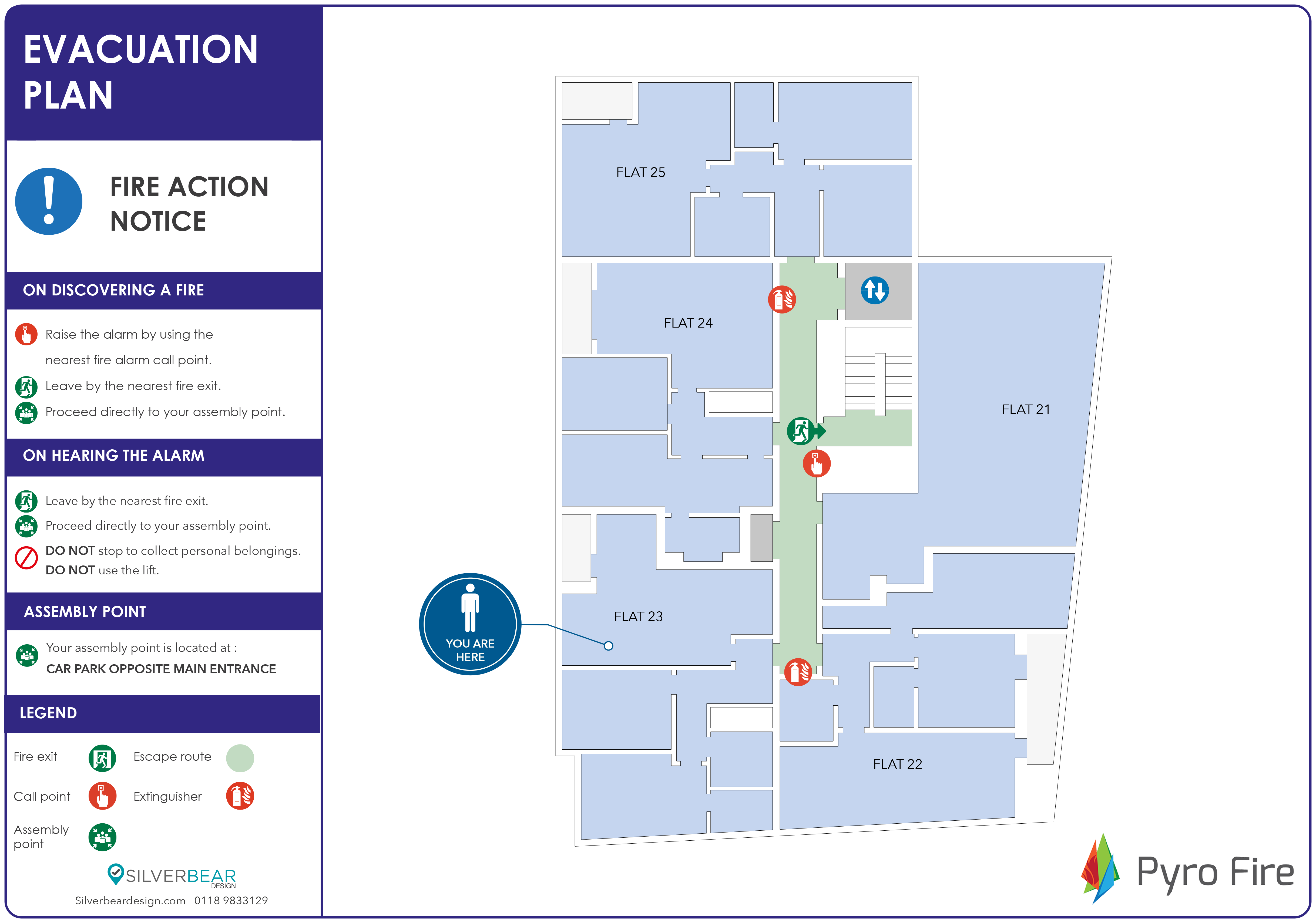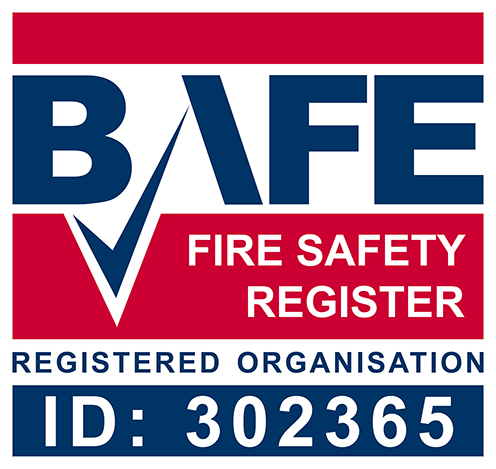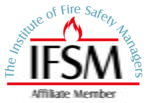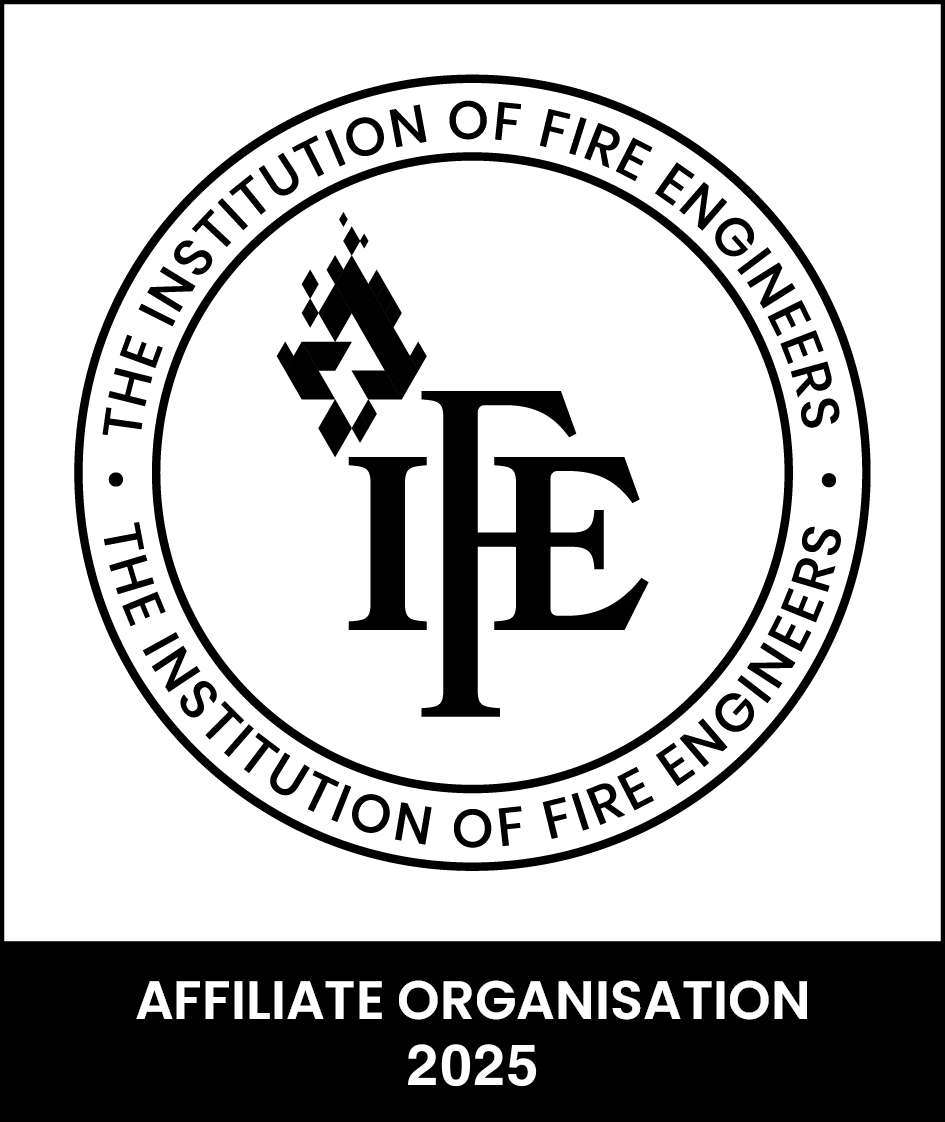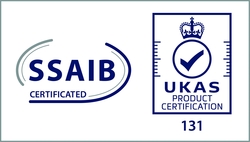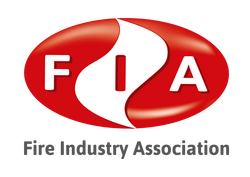As a landlord, it is your responsibility to ensure the safety of your tenants and the protection of your premises. A fire in your property can cause devastating damage within minutes and result in costly and time-consuming repairs. Furthermore, it can also pose significant, and potentially fatal risks to your tenants.
According to Firemark, the fire risk for people who are living in a rental or shared accommodation is seven times higher than those living in other types of accommodation. There are several legal obligations you need to comply with as a landlord to ensure that your property is as safe as possible for your tenants. If you fail to provide safe accommodation, legal action can be taken against you under the Regulatory Reform (Fire Safety) Order 2005.
Legislation
THE HOUSING ACT 2004
This legislation includes the Housing Health & Safety Rating System and sets out the main requirements of fire safety in a rented home. The main points included in this legislation are ensuring that tenants can escape easily in the event of a fire and making necessary repairs to the fabric of the property in a timely manner.
FURNITURE AND FURNISHINGS (FIRE SAFETY) REGULATIONS 1988/1989, 1993 and 2010
This legislation is relevant if you are letting a furnished property to tenants. Furnishings include things such as sofas, beds, mattresses etc.
THE REGULATORY REFORM (FIRE SAFETY) ORDER 2005
This legislation covers fire safety in communal areas. This is usually the most relevant in HMOs.
THE SMOKE AND CARBON MONOXIDE ALARM REGULATIONS 2015
This legislation exhibits the rules that landlords must follow to ensure that there are warning systems in place within the property to keep tenants safe in case of fire.
HOMES (FITNESS FOR HUMAN HABITATION) ACT 2018
This provides better access to properties for landlords to make necessary repairs. The law states that rented properties must be ‘fit for human habitation’, thus the properties must have protection and prevention measures in place in case of fire.
Your Responsibilities
Your fire safety responsibilities as a landlord include:
- Following fire safety regulations, including completing a fire risk assessment
- Providing a smoke alarm on each storey and a carbon monoxide alarm in any room with a solid fuel-burning appliance
- Checking that escape routes are always clear
- Making sure that the furniture and furnishings you provide are fire safe
- Providing fire alarms and extinguishers if the property is a large HMO (house in multiple occupation)
- Periodically completing electrical safety inspections
- Having gas safety checks done regularly
Fire regulations in HMOs (Houses of Multiple Occupation) are particularly strict so it is important that you contact your local council to ensure that you understand the specific obligations that apply, if you are letting a HMO.
Many landlords also choose to complete periodic inventory and inspections of the property. This allows you to have an independent record of what you have put in the property, how you have ensured that it is fire-safe and check the tenant has not removed any safety labels.
This prevents you from being liable for a fire as you will have proof that the fault was not yours.
FIRE RISK ASSESSMENT
The law requires a suitable and sufficient fire risk assessment. The best way to ensure the assessment is compliant, is to employ a ‘competent person’ to carry this out for you. A fire risk assessment includes details of:
- Possible causes of fire
- People at risk
- Potential fire hazards
- Fire precautions
- A detailed action plan and significant findings
Generally, fire risk assessments are carried out or reviewed annually. However the law states this should be ‘regularly’, or upon any significant change to the layout, use or occupancy.
View this post on Instagram
SMOKE AND CARBON MONOXIDE ALARMS
In 2022, it was revealed that the most common cause of death for fire-related fatalities was ‘overcome by gas or smoke’.
Working smoke detectors save lives.
By law, landlords must have at least one smoke detector installed on every floor of their rental property. They must check that these alarms are in working order at the start of each tenancy and should advise tenants to complete similar routine checks monthly.
Also, by law, landlords must install a carbon monoxide alarm in any room that contains a solid fuel-burning appliance such as a wood-burning stove. These should also be regularly inspected in the same way as smoke alarms.
In addition to these legal requirements, it is advised by the London Fire Brigade that landlords provide a heat detector in kitchens to provide early warning to tenants.
ESCAPE ROUTES
Tenants should always have access to safe and reliable fire escape routes. This legal responsibility lies with the landlord who should ensure that escape routes are kept clear. These escape routes can be internal or external (for example, a stairway fixed to the side of a building). They must have emergency lighting, fire-resistant floors and walls and should be accessible from every floor and room in the property.
FURNITURE AND FURNISHINGS
Any furniture or furnishings that are provided by a landlord must meet fire safety standards and be made from fire-resistant materials. This can be checked by seeing if there is a fire-safety symbol on the manufacturer’s label.
The items that do not have to meet these standards are:
- Bed-bases
- Pillows
- Mattresses
- Cushions
- Bed-covers
Landlords are not responsible for tenant-owned furniture and appliances.
ELECTRICAL SAFETY INSPECTIONS
In January 2019, new regulations were announced that brought all rental properties in line with legislation that already applied to HMOs. This legislation required landlords to:
- Have electrical installations inspected by a qualified and competent person
- Provide a copy of the electrical safety report to the tenants
- Make sure that any electrical appliances that they have provided have a British or European safety symbol
- Warn tenants about the hazards associated with using extension leads to overload sockets
PAT tests of electrical appliances are also recommended, especially in HMOs, but are not compulsory.
GAS SAFETY CHECKS
By law, landlords must:
- Make sure that any gas equipment they provide is installed and maintained by a Gas Safe registered engineer
- Have a registered engineer carry out an annual gas safety check on all appliances
- Provide a copy of the gas safety check record to tenants before the start of their tenancy or within 28 days of the annual check
Fire Safety Regulations in HMO
HMOs have slightly different fire safety regulations in place. HMOs usually are home to lots of people who do not know each other which can be risky in the event of a fire.
For this type of tenancy property, landlords must follow all the regulations mentioned above, as well as:
- Ensure that instructions on what to do in the event of a fire (fire evacuation plan) are available to all tenants (e.g. displaying them in a communal area)
- Make sure that required equipment such as fire extinguishers and blankets are available and in good working condition
- Install an interlinked fire/smoke detection system
- Fit break glass call points and certified fire doors
FIRE EVACUATION PLAN
All landlords are required to complete a fire risk assessment and have a clear fire evacuation plan. This will inform tenants what to do in the event of a fire to make certain that they evacuate in the safest and quickest possible way. This fire evacuation plan can be communicated with tenants and ideally should always be accessible to them. Visual evacuation plans are a great way to display the routes and equipment:
FIRE EXTINGUISHERS AND BLANKETS
Fire extinguishers may be provided in HMOs and if so, they should be provided per floor. This should be confirmed whether appropriate by the fire risk assessment.
Any extinguishers should be checked at the start of each tenancy and should be periodically rechecked.
As a minimum, landlords should provide a fire blanket for every kitchen in the HMO.
Ideally, tenants should be advised on how to use the extinguishers and blankets in the event of a fire. This is also the landlord’s responsibility.
INTERLINKED FIRE DETECTION SYSTEM
In a HMO, the fire/smoke/heat detection systems must be interlinked so that all tenants are alerted to any fire risks. These should be hard-wired into the property, but a commercial system could be required depending on the size and layout.
FIRE DOORS
If you operate a HMO, it is important that you review the legal requirements for the installation, siting and operation of fire doors. You should also advise tenants on how to ensure that the fire doors are in good working order and how to use them correctly.
Fire doors are effective at containing and delaying the spread of smoke and fire which can protect tenants from injury and death as well as protect properties from costly damages.
Remember, The Fire Safety (England) Regulations 2022 came into force in January 2023, therefore there are new requirements for multi-occupied residential buildings, particularly for those over 11m to check all fire doors on a regular basis. To find out more, click here.
View this post on Instagram
If you are a landlord in need of any advice on fire safety regulations in your property, don’t hesitate to get in contact with us. We’re here to help.
Not sure where to start?
Speak to our teamKey accreditations
We’re on a mission to mitigate risk by pioneering new standards in competence and technology to protect more buildings and people. Maintaining our key accreditations are just one of the ways we do this.

